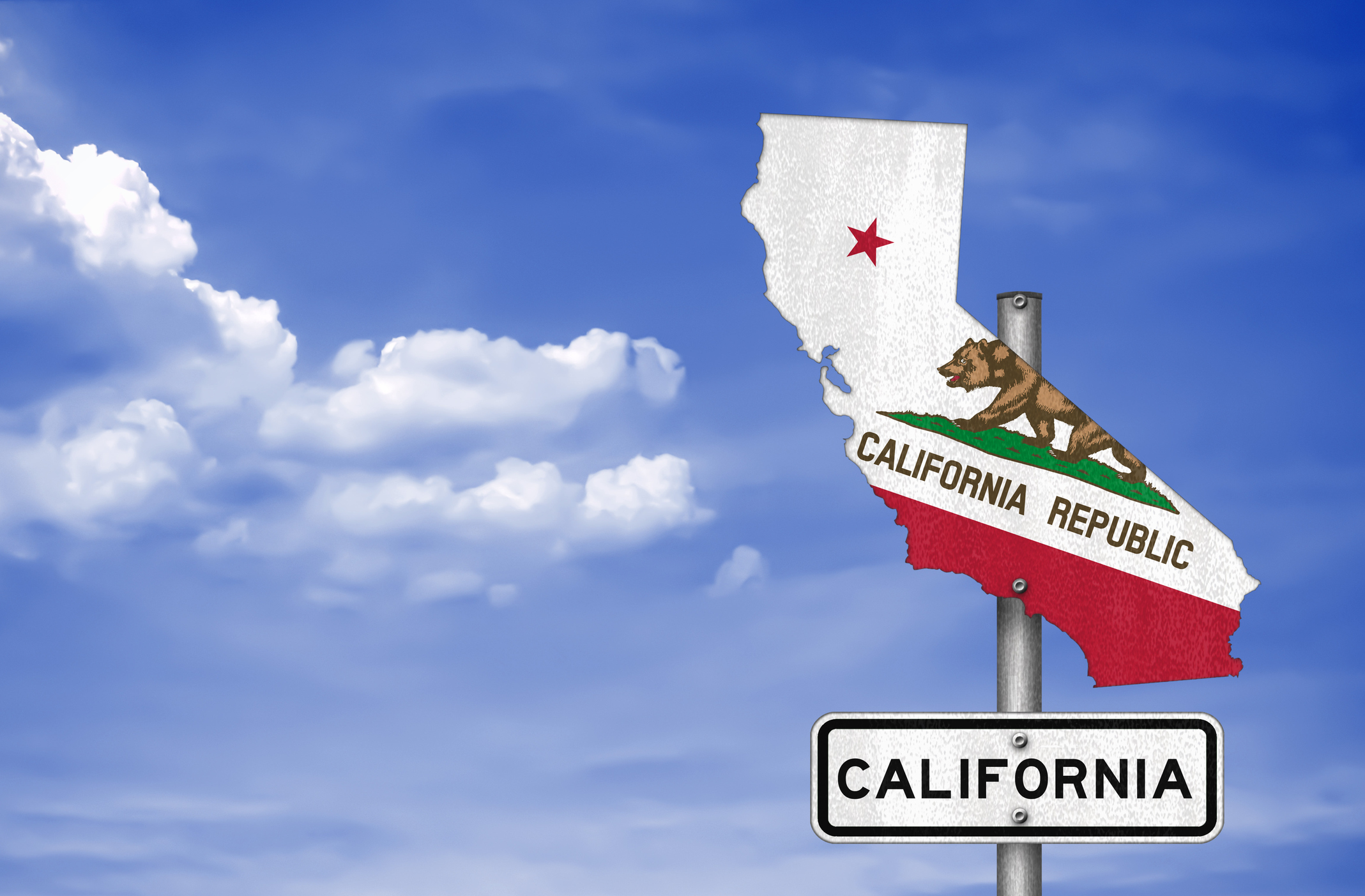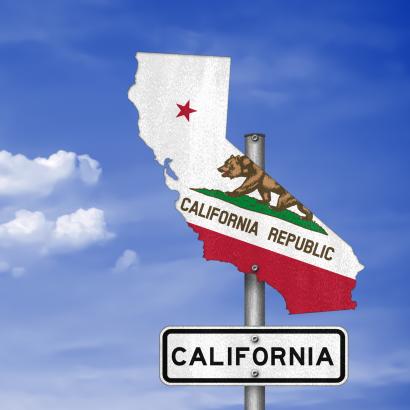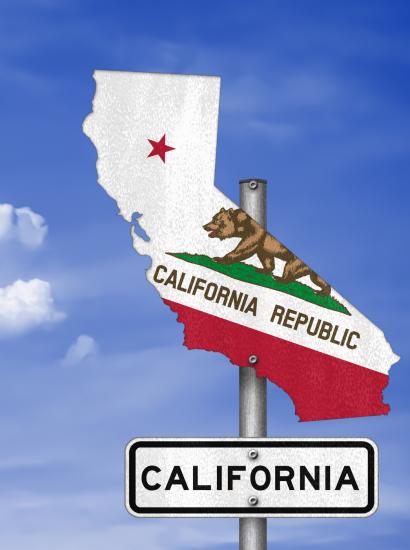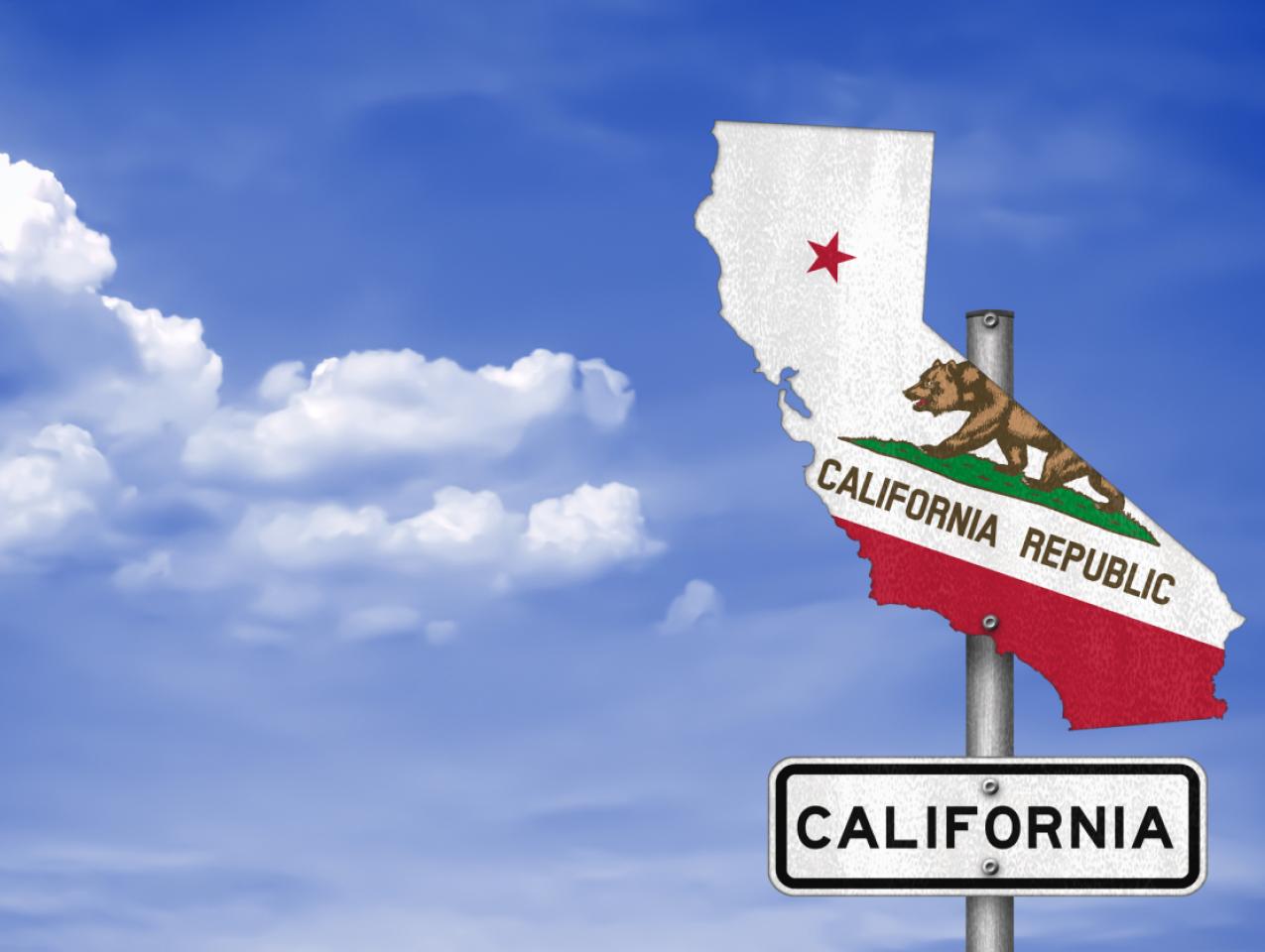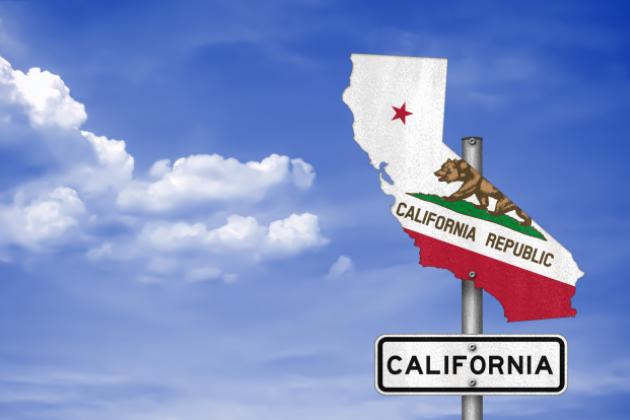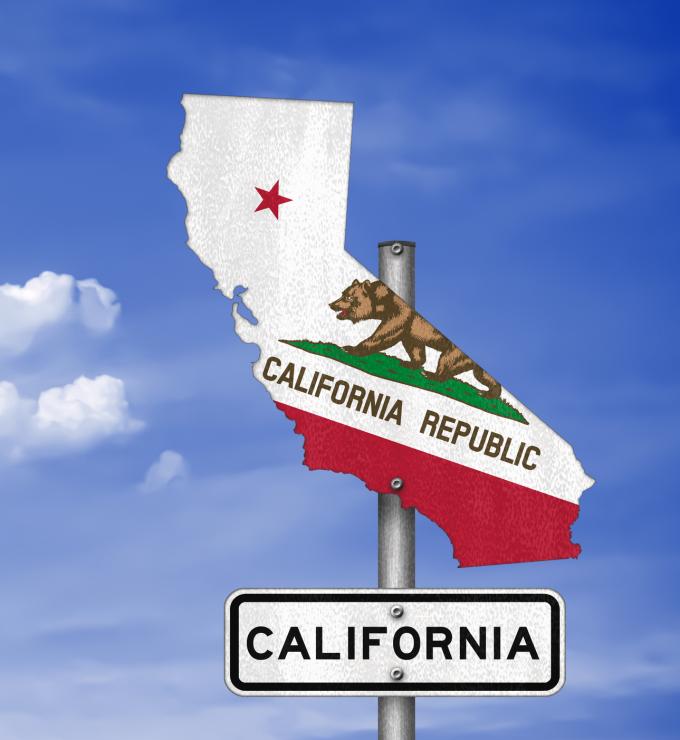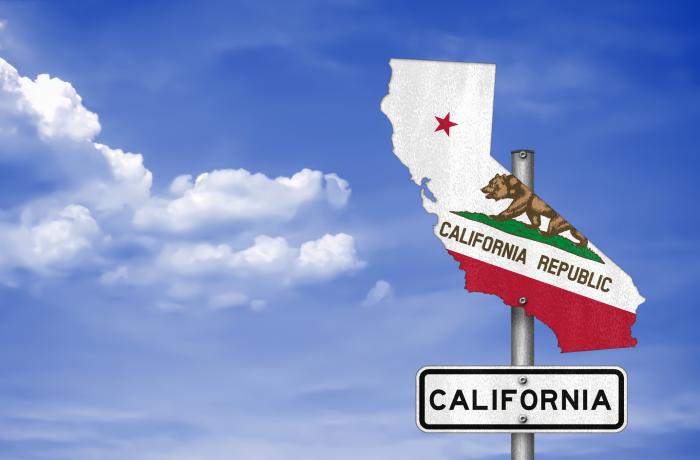- Politics, Institutions, and Public Opinion
- State & Local
- California
While the big California news this past weekend was the 91st annual Academy Awards, a different kind of history occurred in the northern part of America’s nation-state.
Quietly, with little fanfare or notice, the Golden State said hello to its first female governor.
Granted, it comes with an asterisk. Lieutenant governor Eleni Kounalakis became California’s acting governor when Gavin Newsom, the man elected to the job last November, traveled to the nation’s capital for the National Governors Association’s winter meeting.
Since its inception 170 years ago, California constitutional law has dictated that a governor must be inside state lines to exercise the powers of the office. Once Newsom returned to Sacramento, so ended Kounalakis’s brief reign.
In an alternative universe in which the lieutenant governor was a Republican, this would present a headache for California’s state government given the tense relationship between the Democratic state leadership and the Trump Administration.
In fact, it would be a replay of what occurred in Sacramento four decades ago, when an upstart GOP lieutenant governor did his best to irk the sitting Democratic governor.
About what transpired 40 years ago: in 1979, for the first time in 85 years, California didn’t have a governor and lieutenant governor from the same political party. Republican Mike Curb was a 34-year-old political upstart, having won his first campaign the previous fall. Democrat Jerry Brown, only seven years older than Curb but already a winner in three statewide contests, was restless: he planned to use his fifth year as governor to travel outside the state pushing for a federal balanced budget constitutional amendment and beginning a second presidential quest (Brown had previously sought the presidency in 1976).
It didn’t take long for the two officeholders to clash. Brown would leave California airspace, and Curb would spring into action. While serving as California’s acting governor, he made 431 appointments and signed more than 30 bills and proclamations.
Of course, this proved to be a major inconvenience for Brown. Before going on an April campaign trip to New Hampshire, for example, the elected governor made nearly three dozen judicial appointments so as to pre-empt Curb from doing the same as in his capacity as acting governor. That was prompted after Curb had put forward the nomination of a Republican Superior Court judge for a state appellate court vacancy while Brown was back in Washington testifying before a Senate committee.
Eventually, Brown asked the California Supreme Court to decide the extent of an “acting” governor’s authority—whether it be only emergency actions, as Brown contended, or Curb’s interpretation that the lieutenant governor enjoys full authority when the elected governor is out of state. In the matter of Brown v. Curb, the court held that Article V, Section 10 of the California Constitution gives the acting governor complete gubernatorial power, including judicial appointments. But it also held that, in cases where a gubernatorial appointment requires confirmation, the elected governor can pull the acting governor’s nominee (in this case, Brown rescinded the appointment of Armand Arabian, who would go on to be a California Supreme Court justice).
None of this drama is likely to happen in today’s Sacramento. Newsom and Kounalakis come not only from the same party, but also the same city (San Francisco, where she resides and Newsom once ruled as mayor) and the same circle of political allies.
Besides, Newsom provides a roadmap for how Kounalakis should proceed for the next four to eight years, should she one day want to campaign for governor. During his eight years as lieutenant governor, Newsom kept his differences with his governor to a public minimum while staying politically relevant (i.e., championing ballot measures and amassing an impressive donor network).
But that doesn’t mean some changes shouldn’t be in order. Forty years after the California Supreme affirmed the powers of the acting governor, state lawmakers should revisit the question of gubernatorial authority.
I suggest one or two alterations to the state constitution:
- First, the governor and lieutenant governor—if we must have the second office—should be changed from separately elected offices to one political ticket.
- Second, allow a governor to remain in charge of the Golden State regardless of where he or she is physically located.
Imagine, for a moment, that the nation played by California’s rules and chose its president and vice presidents in separate elections, with the veep in charge when the president left US airspace. President Trump could still travel overseas for summits, as he’s done this week. But what would happen back in Washington, with Democratic vice president Tim Kaine able to make appointments and issue executive orders?
Thanks to the internet, cell phones, and FaceTime, a California governor can just as effectively do the job in Horseshoe Bend, Idaho, as in the “Horseshoe”—the nickname for the governor’s State Capitol office.
Moreover, amending the state constitution would end the comical practice of a traveling (and somewhat paranoid) California governor taking along attaché cases full of pending legislation so as to prevent a lieutenant governor from signing and vetoing bills (I worked for a Republican governor’s office that feared a Democratic lieutenant governor engaging in such chicanery).
If Newsom proves to be a wanderlust governor, then Kounalakis will have plenty more opportunities to assume his powers while he’s out of the state. Perhaps she’ll issue a few executive orders. And were an emergency to occur on her watch, it’d be interesting to see how fast Newsom would skedaddle back to California.
In basketball, “traveling” is a transgression. It shouldn’t be so for a California governor.







